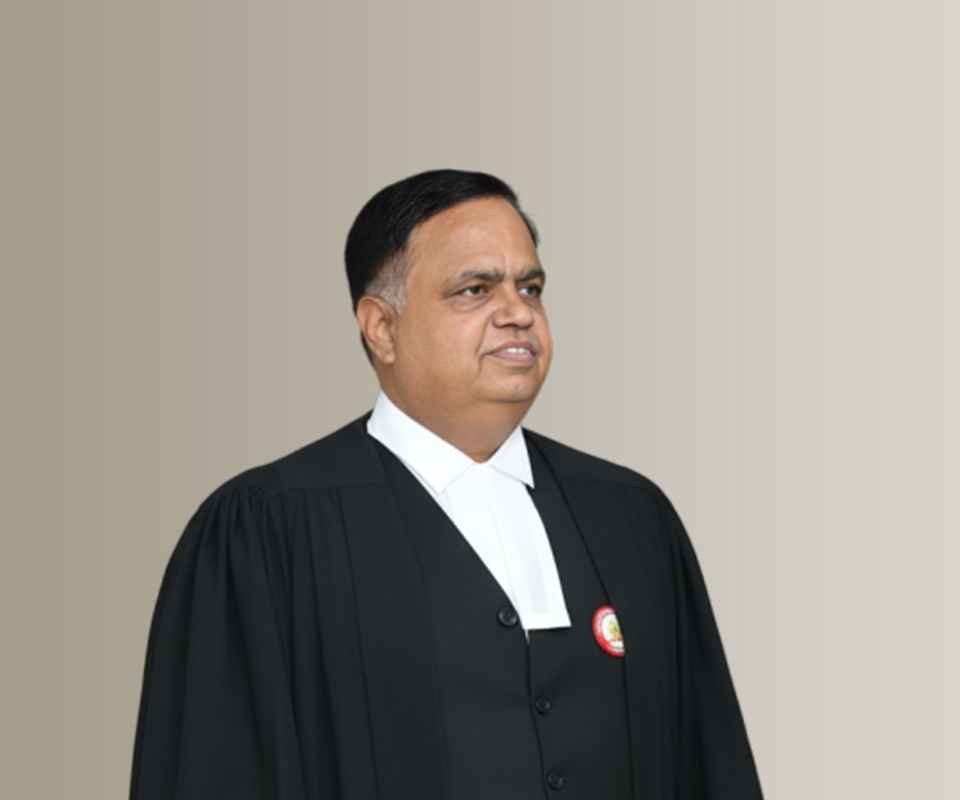Answer By law4u team
Technology, especially digital platforms and social media, has played a transformative role in amplifying racial justice activism. It has created new opportunities for marginalized groups to share their experiences, organize, and engage in powerful movements. Through technology, racial justice issues are being addressed at a larger scale, providing tools to not only amplify voices but also demand institutional accountability for injustice and inequality. It enables movements to grow organically and connect people across different regions and backgrounds, creating a unified front for equality.
Role of Technology in Amplifying Racial Justice Activism:
Global Connectivity:
Technology enables activists from different corners of the world to unite for common causes. Social media helps build an interconnected global network where collective actions like petitions, protests, and awareness campaigns can resonate far beyond local boundaries.
Visibility:
Platforms like Twitter, Facebook, and Instagram make it easier for activists to broadcast their message instantly, often sparking viral discussions. By giving a voice to those directly impacted by racial injustices, these platforms help maintain the momentum of movements like Black Lives Matter, ensuring that issues stay in the public eye.
Rapid Mobilization:
Digital platforms like Facebook Events, Instagram, and Twitter allow for real-time mobilization. Activists can organize protests, fundraisers, and other grassroots initiatives at a moment's notice. This rapid mobilization can exert pressure on authorities and create significant political and social impact.
Documenting Injustice:
The ability to capture incidents of racial injustice on smartphones and immediately share them online has proven vital in documenting abuses and raising awareness. Technology ensures that moments of injustice cannot easily be hidden, pushing them into the spotlight and making it harder for authorities to dismiss such events.
Awareness Campaigns:
Hashtags like #BlackLivesMatter, #SayHerName, and #JusticeForGeorgeFloyd have turned into global campaigns that not only raise awareness but also promote education around the importance of racial equality. The ability to rally individuals around a single hashtag or post fosters solidarity and activism.
Digital Activism and Grassroots Movements:
Technology provides a low-cost, high-impact platform for grassroots movements to thrive. Without the need for physical infrastructure, activists can organize, share resources, and coordinate across different communities, allowing for sustained advocacy and long-term change.
Legal Actions and Protections:
Legal Pressure via Social Media:
When racial justice issues are broadcast through viral social media campaigns, it often creates public pressure on institutions, corporations, and governments to take legal or corrective action. The visibility of such issues makes it harder for decision-makers to ignore the demand for justice.
Increased Awareness of Legal Rights:
Many activists use digital platforms to spread knowledge about legal frameworks protecting against racial discrimination and rights violations. This helps empower communities with the necessary tools to understand their rights and how to pursue justice through legal channels.
Amplification of Legal Cases:
High-profile cases, like those involving police brutality or racial profiling, often gain more attention when shared widely online, which can lead to quicker legal proceedings, protests, or even shifts in public opinion that influence trial outcomes.
Example:
The #BlackLivesMatter movement is a prime example of how technology can amplify racial justice activism. After the killing of George Floyd, the incident was captured on video and shared across platforms like Twitter, Instagram, and Facebook. This footage acted as undeniable evidence of racial injustice, sparking protests not only in the U.S. but also in countries around the world. The power of social media allowed global solidarity, rapid mobilization of protests, fundraising efforts, and the demand for policy changes. Activists were able to sustain the momentum of the movement through digital tools, raising awareness about police brutality, and pushing for legislative changes such as defunding the police and implementing broader social reforms.







